Home>Ideas and Tips>Backyard Frog Pond Construction Amphibian-Friendly Habitat
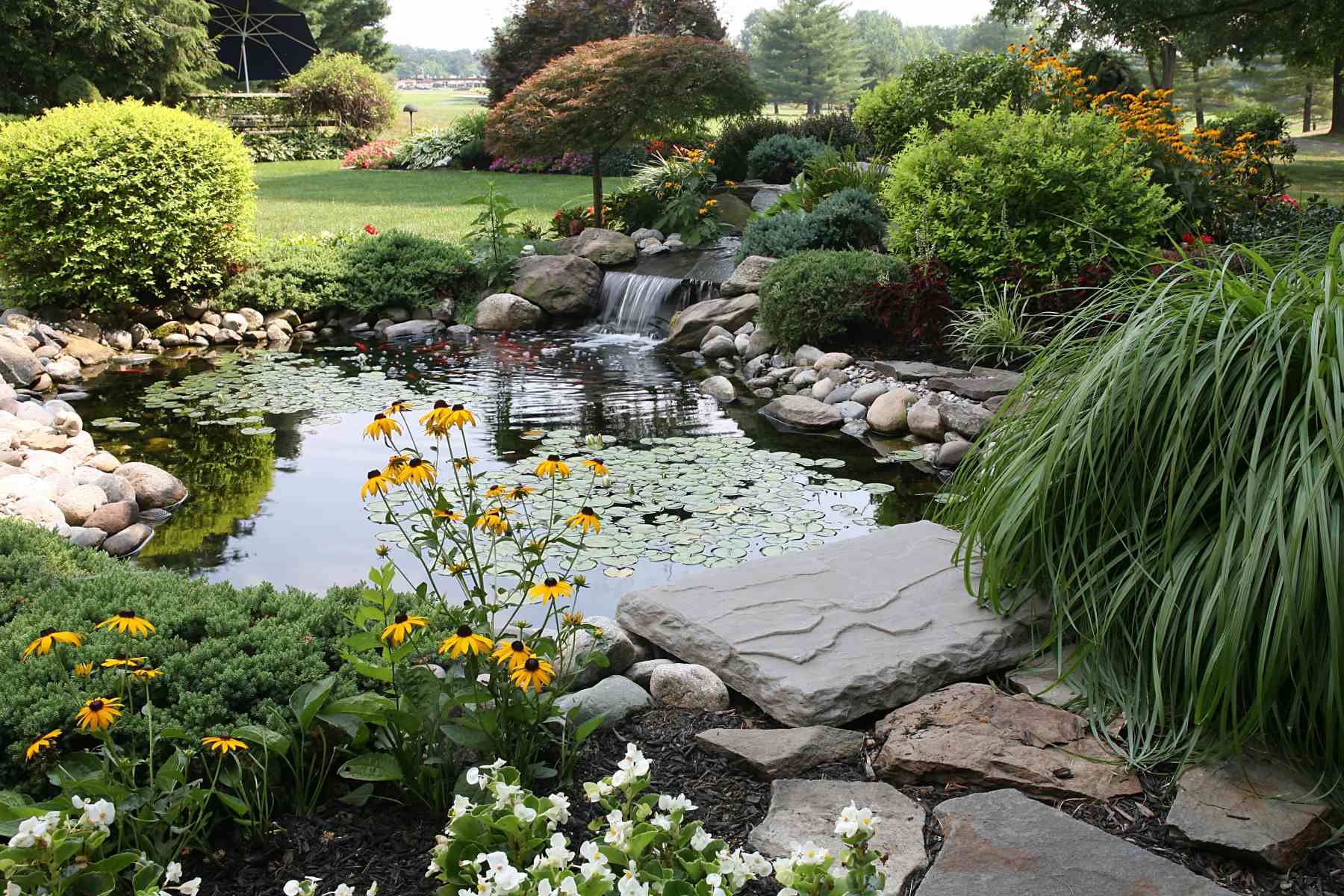

Ideas and Tips
Backyard Frog Pond Construction Amphibian-Friendly Habitat
Published: September 18, 2024
Create a serene, amphibian-friendly habitat with our guide to backyard frog pond construction. Enhance biodiversity and enjoy a natural water feature.
(Many of the links in this article redirect to a specific reviewed product. Your purchase of these products through affiliate links helps to generate commission for Storables.com, at no extra cost. Learn more)
Creating a backyard frog pond is an excellent way to enhance your garden's biodiversity and provide a serene, natural water feature. Frogs play a crucial role in maintaining ecological balance by controlling insect populations, and by building a frog-friendly pond, you can support local amphibian species while enjoying the aesthetic benefits of a well-designed water feature. In this article, we will guide you through the process of constructing a frog pond that meets the needs of these fascinating creatures.
Why Build a Frog Pond?
Building a frog pond in your backyard isn't just about adding a pretty water feature. It's about creating a biodiversity hotspot right in your garden. Frogs are nature's pest controllers, munching on insects that might otherwise wreak havoc on your plants. Plus, having a frog pond can turn your garden into a mini wildlife sanctuary, attracting all sorts of critters and making it a lively, buzzing place.
Benefits of a Frog Pond
- Biodiversity Enhancement: By creating a habitat for frogs, you're contributing to the local biodiversity. Frogs help control insect populations, which can prevent pest infestations in your garden.
- Aesthetic Appeal: A well-designed frog pond can add a serene and natural element to your backyard, making it a beautiful spot for relaxation.
- Educational Opportunities: Observing frogs in their natural habitat can be an educational experience for both children and adults, teaching about the importance of conservation and the life cycle of amphibians.
- Low Maintenance: Once established, a frog pond requires minimal maintenance, making it an ideal addition to any garden.
Choosing the Right Location
Picking the perfect spot for your frog pond is key. Frogs need a mix of sun and shade to thrive. Aim for a spot that gets about 70% shade during the day. This can be under trees or near tall plants. But, steer clear of placing it directly under large trees to avoid root problems and falling leaves. Also, consider the noise factor. Frogs can be quite the chatterboxes, especially during mating season, so it's best to build your pond away from houses and neighbors to keep the peace.
Location Tips
- Shade: Frogs need shade to regulate their body temperature. Place your pond in an area that receives at least 70% shade throughout the day. This can be achieved by placing the pond under trees or using shade-providing plants like ferns and hostas.
- Avoid Large Trees: While shade is essential, it's also important to avoid placing your pond under large trees to prevent problems with roots and falling leaves.
- Distance from Houses: Frogs can be noisy when calling, so it's best to build your pond away from houses and neighbors to minimize potential disturbances.
- Natural Water Collection: Try to build your pond in an area where water naturally collects, such as a depression or under a roof-top pipe where rain drips.
Designing Your Frog Pond
Designing your frog pond involves considering several factors to ensure it meets the needs of the amphibians. Size and depth are crucial. Your pond doesn't have to be huge. A depth of about 30 cm is usually enough for small aquatic animals. However, check local regulations for any specific guidelines. Sloping sides are a must. They allow frogs to easily get in and out of the pond. You can use a flexible pond liner to create these slopes. Also, think about an overflow area to manage heavy rains and prevent flooding.
Design Essentials
- Size and Depth: The size and depth of your pond don't have to be overly large. A pond that is around 30 cm deep and as wide as possible is suitable for small aquatic animals. However, the maximum depth may vary depending on local regulations, so it's advisable to check with your local council for specific guidelines.
- Sloping Sides: Use a flexible pond liner to build a frog pond that gradually slopes from shallow to deep. This allows frogs to easily get in and out of the pond. You can also use rocks or other items in the water to create ramps for easier access.
- Overflow Area: Build an overflow area below the pond height to control where the water overflows in case of heavy rain. This helps prevent flooding and maintains water quality.
- Screening: Screen your pond to prevent plants, snails, frogs, or eggs from leaking out. This keeps your pond ecosystem intact and protects local waterways from potential escapees.
Materials Needed
To build a frog pond, you'll need the following materials:
- Plastic Pond Liner: Choose a liner that is resistant to ultra violet light and specifically made for outdoor ponds. Avoid using liners not designed for ponds as they can be toxic to amphibians and break down over time.
- Wet Sand: Use wet sand around the edges of the pond to secure the liner in place.
- Gravel: Add gravel around the pond for drainage and to prevent erosion.
- Rocks and Logs: Place rocks and logs around the pond to provide shelter and hiding places for frogs.
- Native Water Plants: Plant native water plants like water lilies, cattails, and irises to provide cover, shade, and a more natural environment.
- Clay Plant Pots: Use clay plant pots on their side and partly buried to provide extra shelter and shade.
Steps to Building Your Frog Pond
Here’s a step-by-step guide to building your frog pond:
1. Select the Site
When selecting your site, keep in mind that tadpoles need shade. Your pond should be placed so that it is in the shade about 70% of the time. Once you have selected the location, create the outline on the ground with a piece of rope or garden hose to determine the size and shape of your pond.
Read more: What Is A Pond Construction
2. Prepare the Site
Clear any debris from the area where you plan to build your pond. If you're using a plastic pond liner, rinse it thoroughly before installation as frogs are sensitive to chemicals.
3. Dig the Pond
Dig your pond according to your design specifications. Make sure it has gently sloping sides and an overflow area.
4. Line the Pond
Place the plastic pond liner inside the dug-out area and secure it with wet sand around the edges.
5. Add Gravel and Rocks
Add gravel around the pond for drainage and place rocks and logs around the pond to provide shelter and hiding places for frogs.
6. Plant Native Water Plants
Plant native water plants like water lilies, cattails, and irises to provide cover, shade, and a more natural environment.
7. Add Clay Plant Pots
Place clay plant pots on their side and partly buried to provide extra shelter and shade.
8. Install a Solar-Powered Light
Install a solar-powered light to attract insects for frogs to munch on. Place it at least one meter above ground level within the frog habitat to avoid attracting unwanted pests to your garden.
Creating Winter Habitats
Different amphibian species have different hibernation requirements. Here’s how you can create winter habitats for various species:
- Underwater Hibernation: If you want to attract species that hibernate underwater (like bullfrogs or pickerel frogs), your pond needs to be at least 2 meters deep to prevent it from completely freezing.
- Leaf Matter Pile: For species like gray tree frogs, wood frogs, spring peepers, striped chorus frogs, and four-toed salamanders that hibernate in leaf matter piles, create a pile of leaf matter in your backyard.
- Underground Tunnels: For species like blue-spotted salamanders and Jefferson salamanders that hibernate in underground tunnels or log piles, create these habitats by piling logs or compost heaps.
Read more: Building A Backyard Pond To Attract Wildlife
Providing Shelter and Hiding Places
Frogs need places to hide from predators and the hot sun. Here are some tips for providing shelter and hiding places:
- Rock Piles and Logs: Place rock piles and logs around the edges of your pond to provide varied habitats.
- Clay Toad Shelters: Create clay toad shelters by drilling holes around the edge of a large clay flower pot and chipping out the drilled section with a hammer. Place these upturned flower pots in shady locations around your garden.
- Toad Lights: Install toad lights up to one meter above ground level within the toad habitat to attract insects for the toads.
Maintaining Your Frog Pond
Maintaining your frog pond is crucial for its health and longevity:
- Clean Filters Regularly: Clean filters regularly to ensure water quality remains high.
- Top Up Water Levels: Top up the pond with garden hose water if needed but avoid adding more than 10-20% at any one time.
- Remove Dead Plant Material: Scoop out dead plant material but avoid removing too much as tadpoles eat algae growing in ponds.
Avoiding Common Mistakes
Here are some common mistakes to avoid when building a frog pond:
- No Fish: Do not include fish in your pond as they eat tadpoles and other small aquatic animals.
- No Aeration or Filtration: Avoid using aeration or filtration systems as they can kill tadpoles by sucking them in and whirling them like in a blender.
- Native Species Only: Introduce only native species to your pond as non-native species can spread diseases and disrupt local ecosystems.
- Chemical-Free Environment: Keep your pond chemical-free as frogs are sensitive to pollutants.
Conclusion
Building a frog pond is an exciting project that not only enhances your garden's biodiversity but also provides a serene and natural water feature. By following these guidelines and tips, you can create an amphibian-friendly habitat that supports local frog populations while enjoying the aesthetic benefits of a well-designed pond. Remember to be patient as it may take some time for frogs to find and inhabit your new pond, but with proper care and maintenance, your backyard frog pond will thrive for years to come.
Was this page helpful?
At Storables.com, we guarantee accurate and reliable information. Our content, validated by Expert Board Contributors, is crafted following stringent Editorial Policies. We're committed to providing you with well-researched, expert-backed insights for all your informational needs.
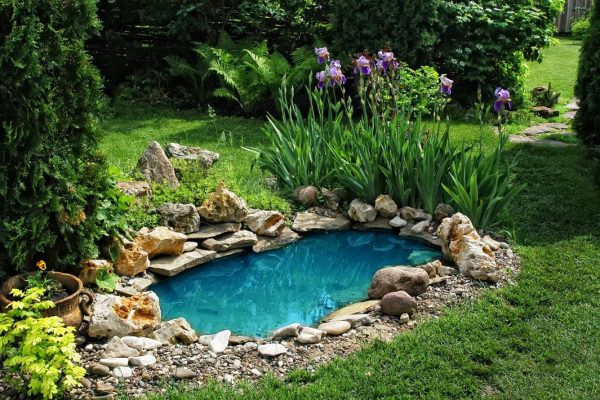
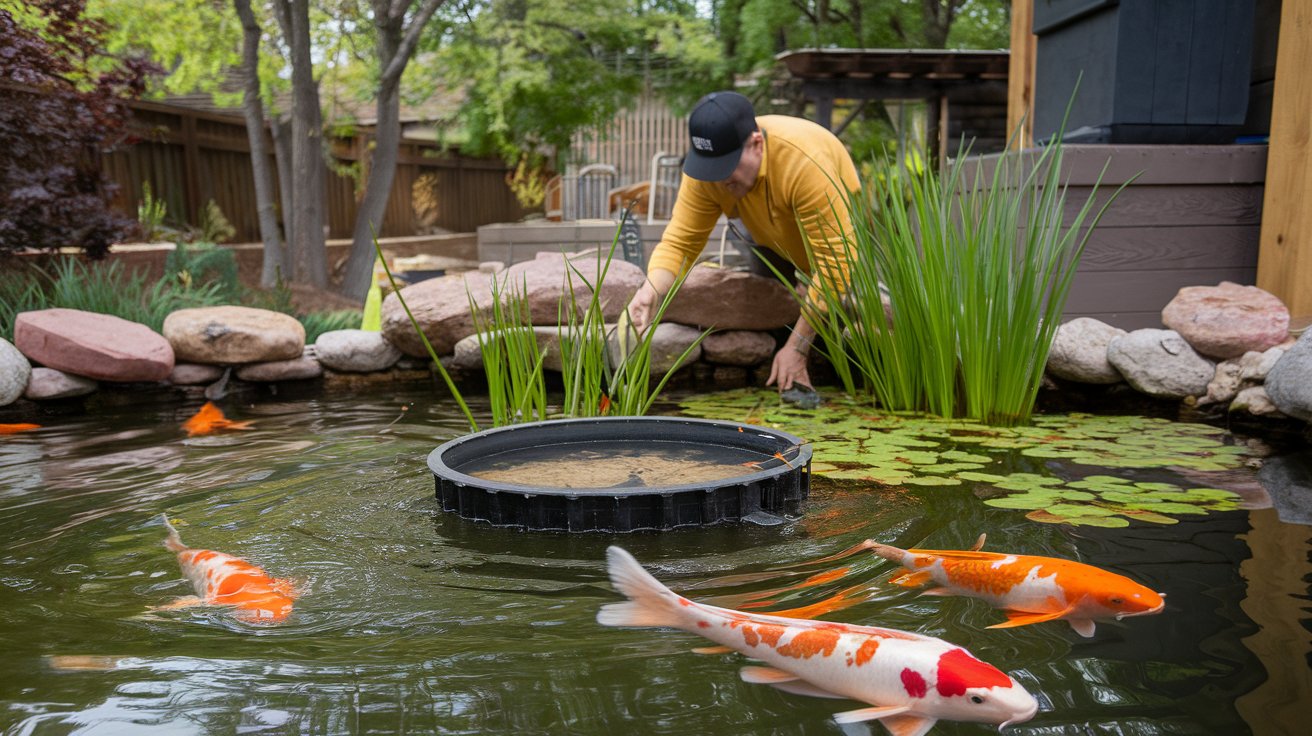

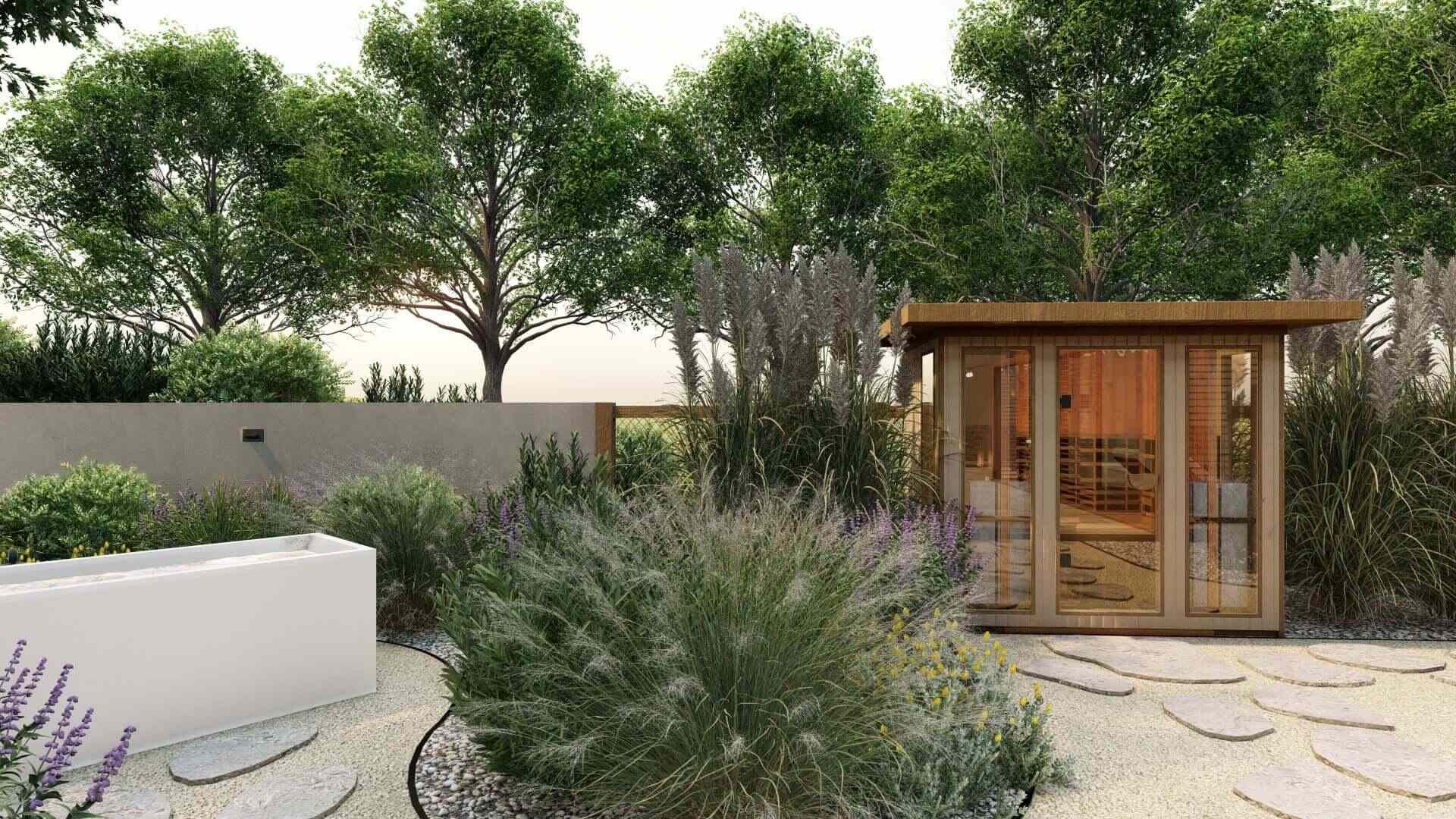
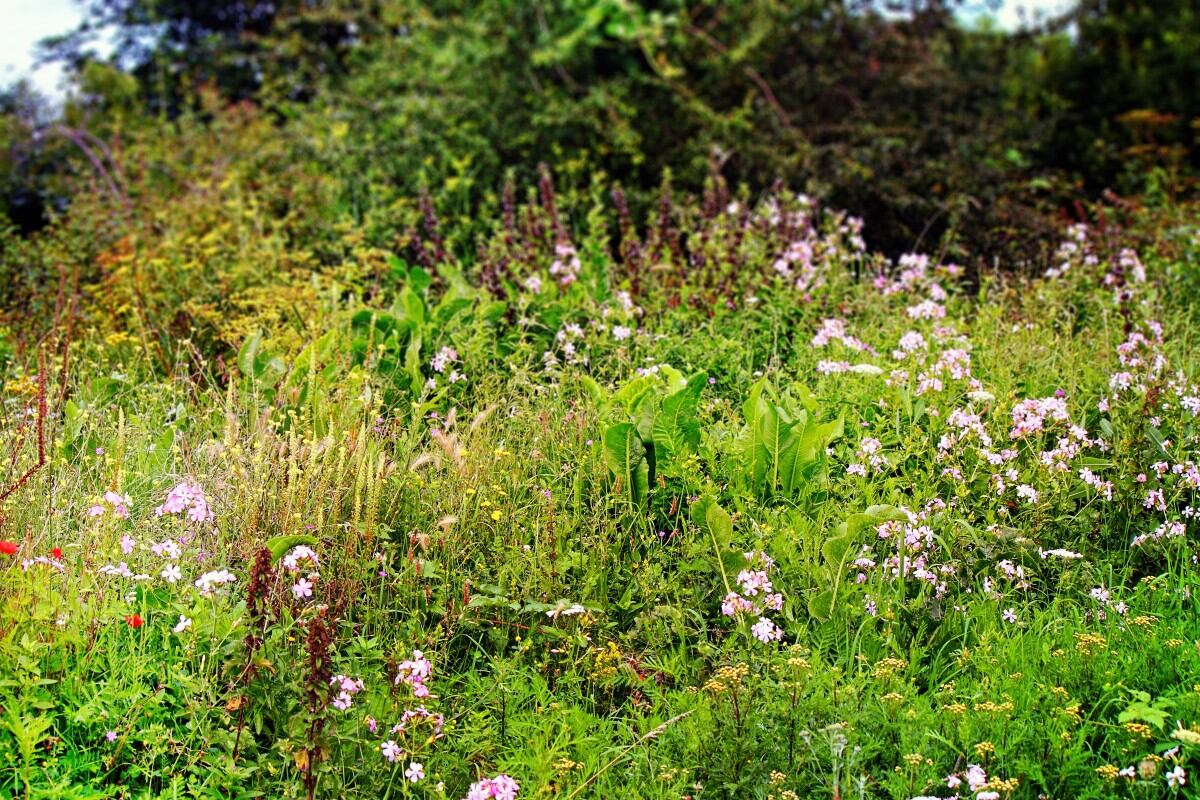
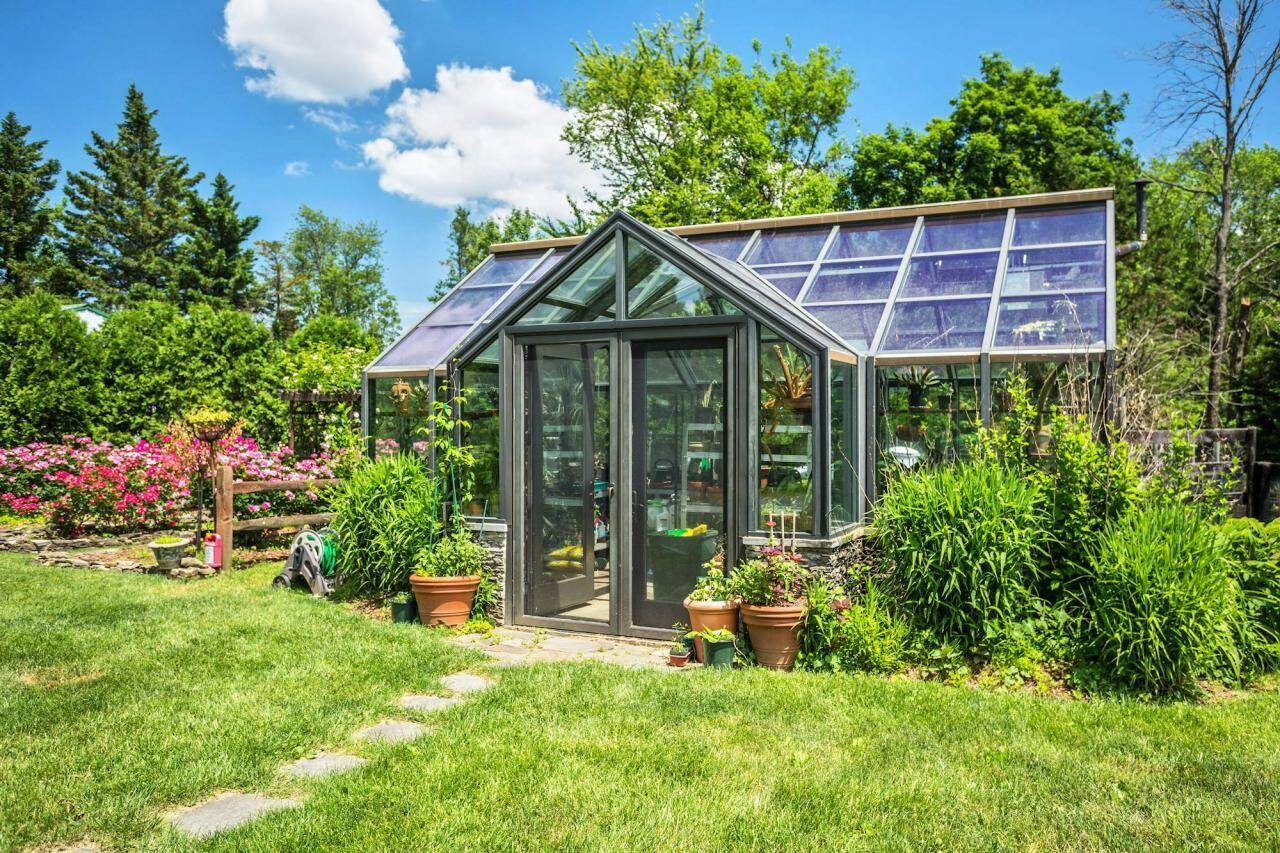

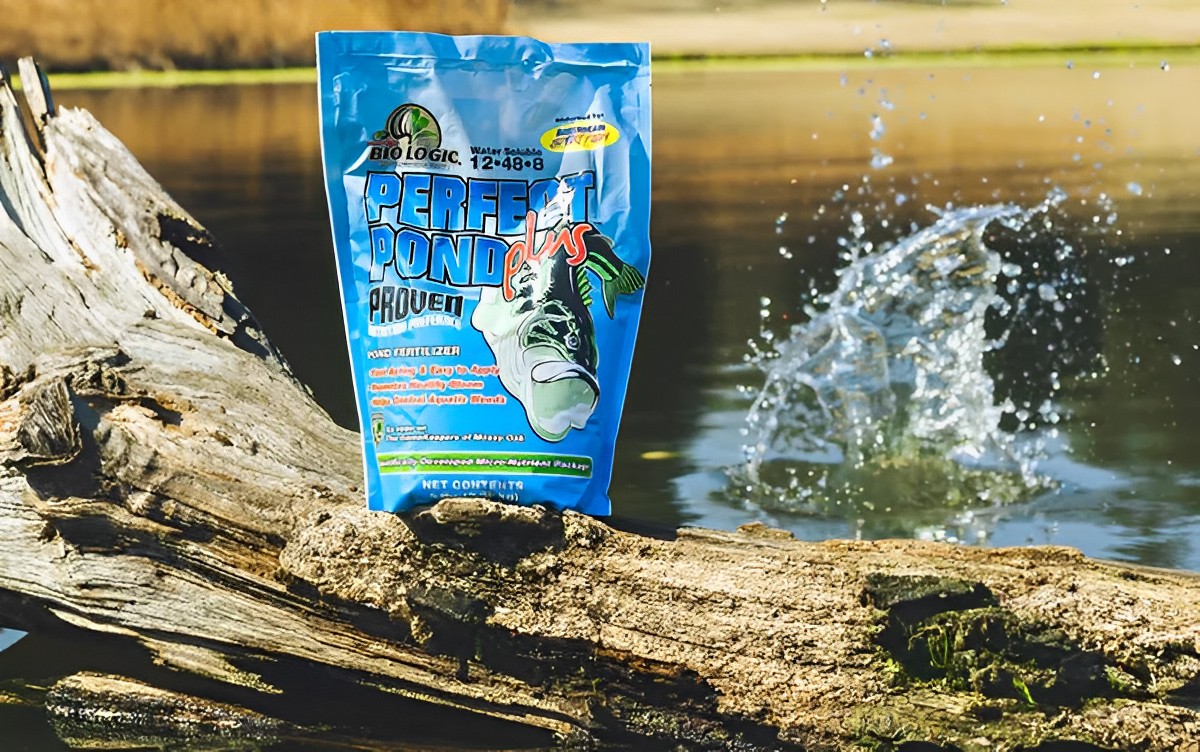

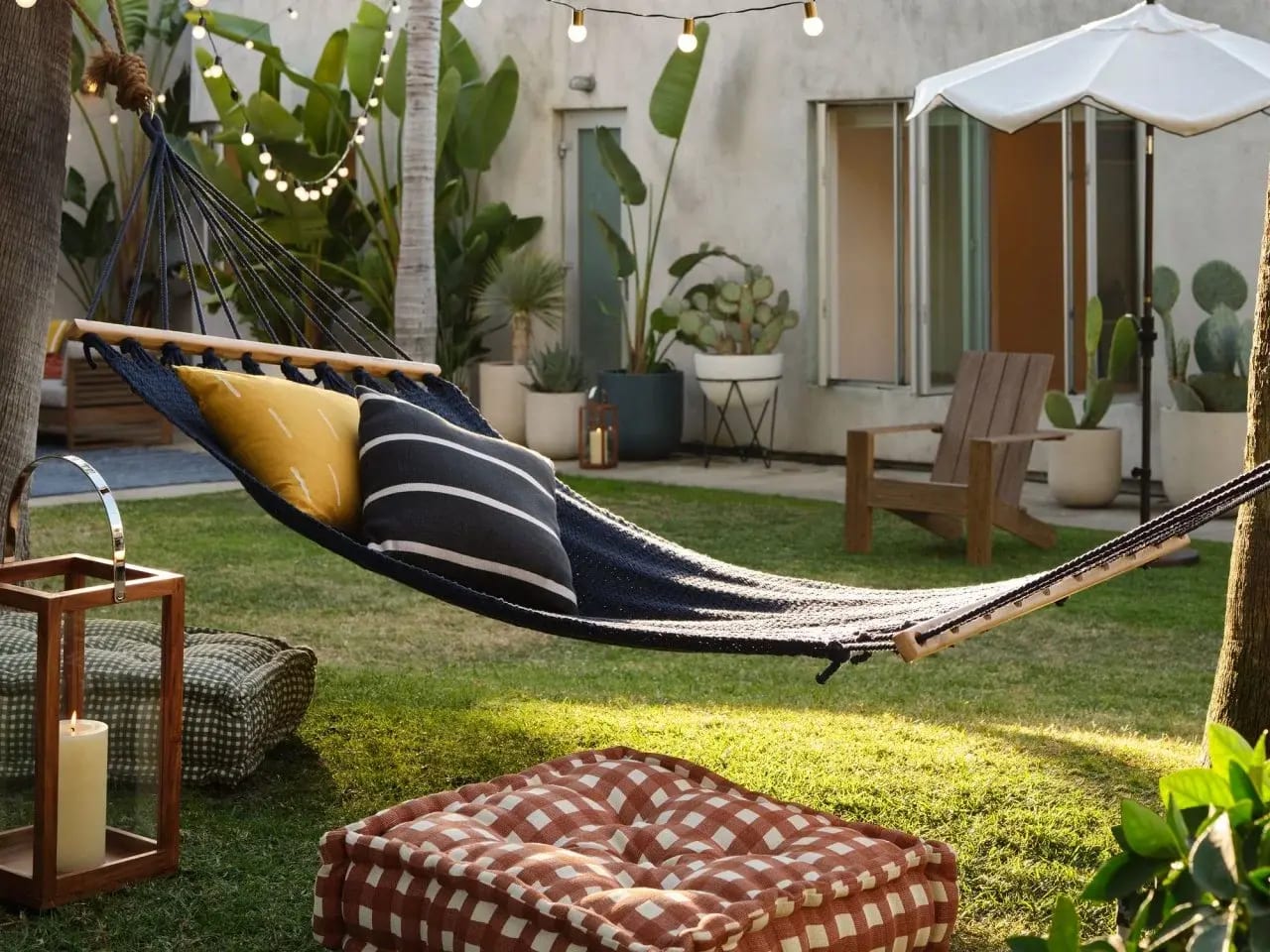
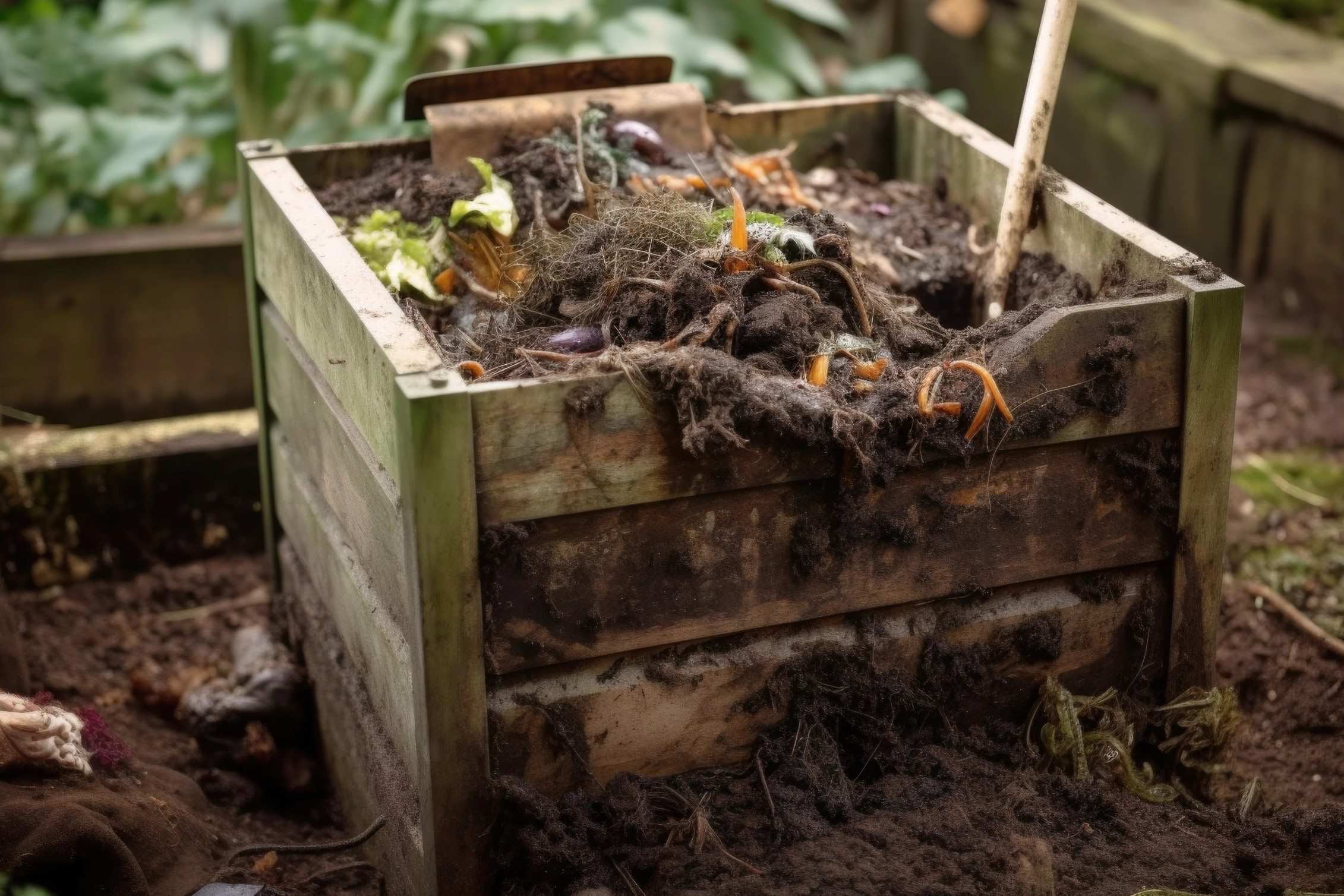

0 thoughts on “Backyard Frog Pond Construction Amphibian-Friendly Habitat”